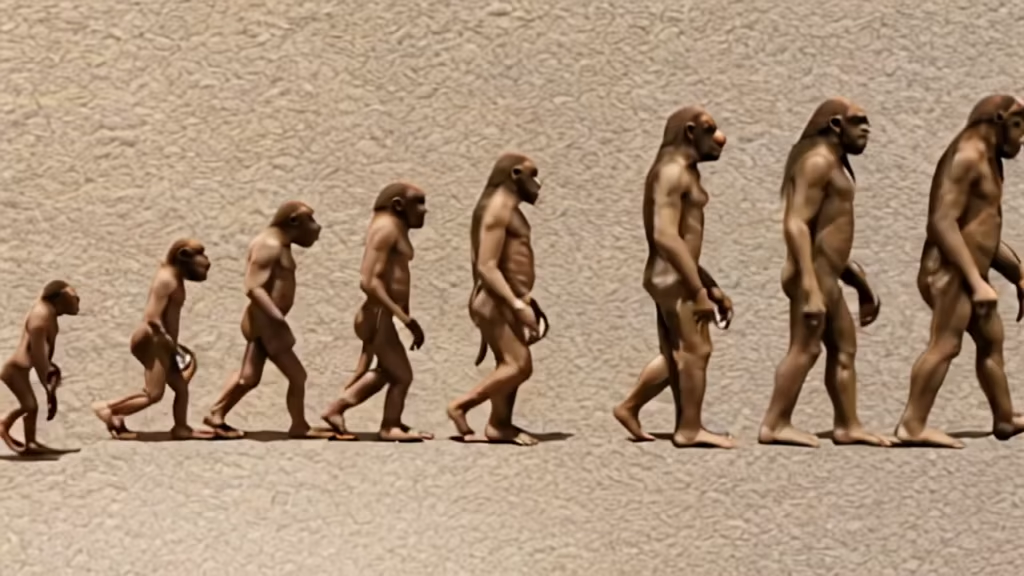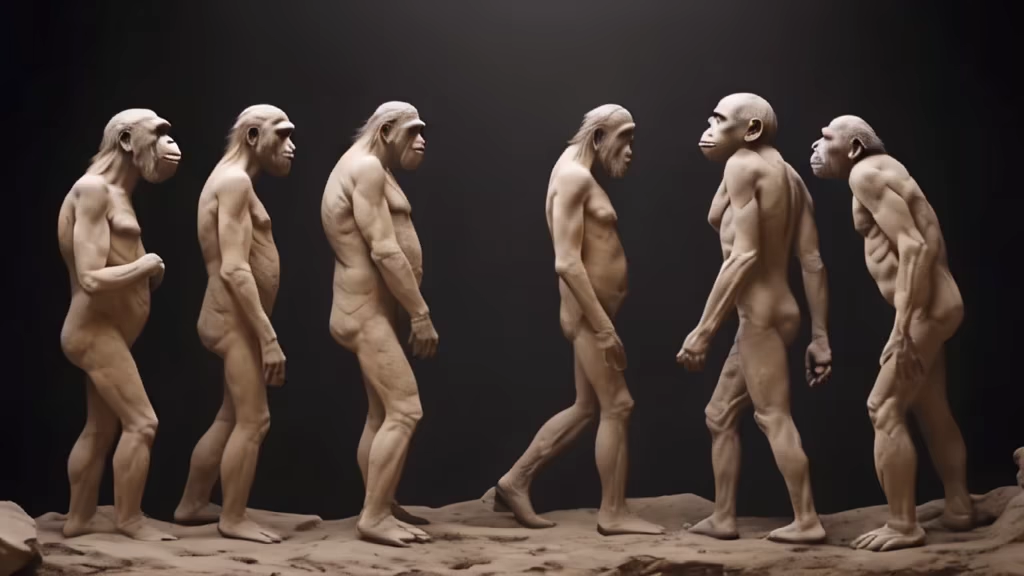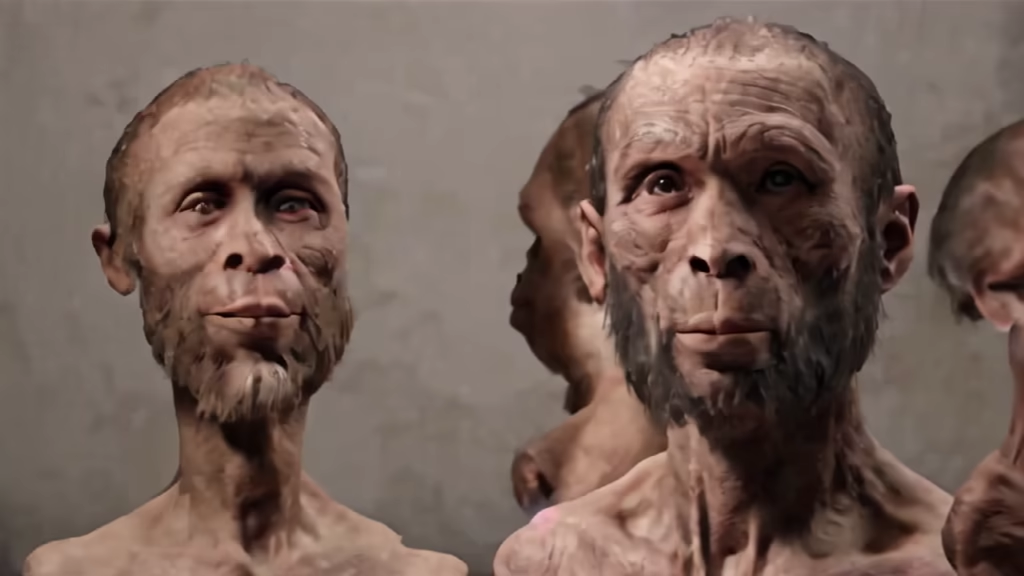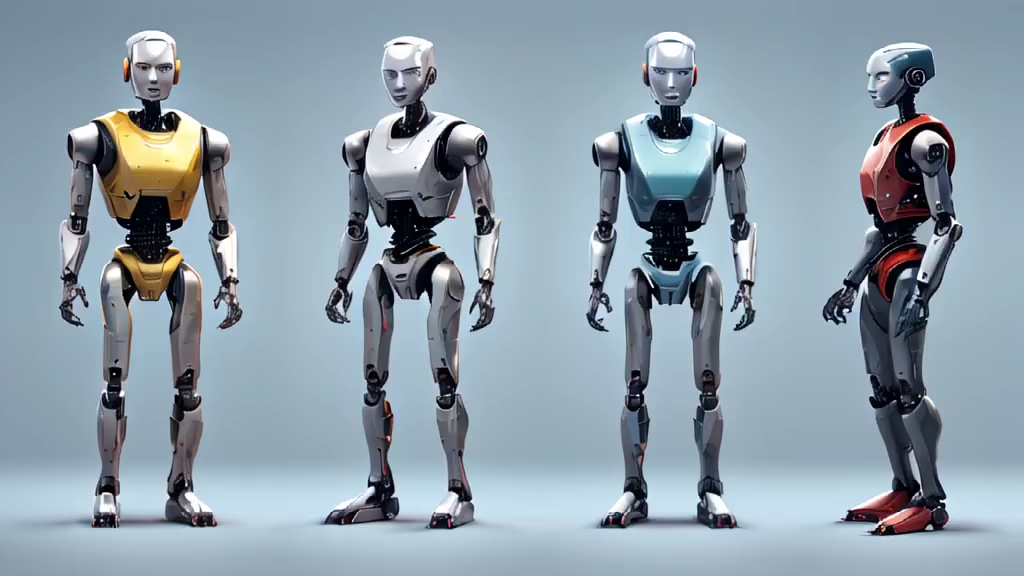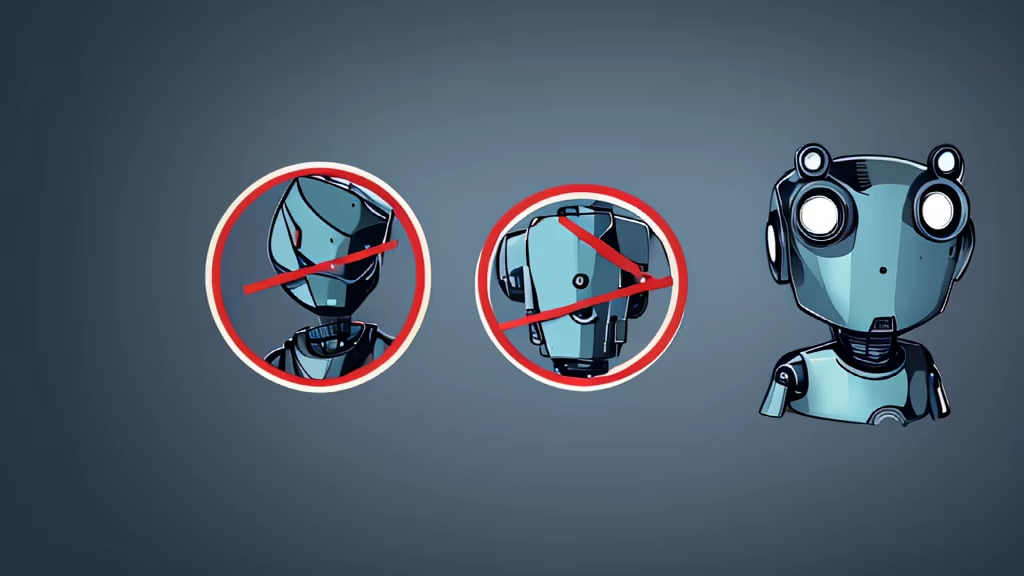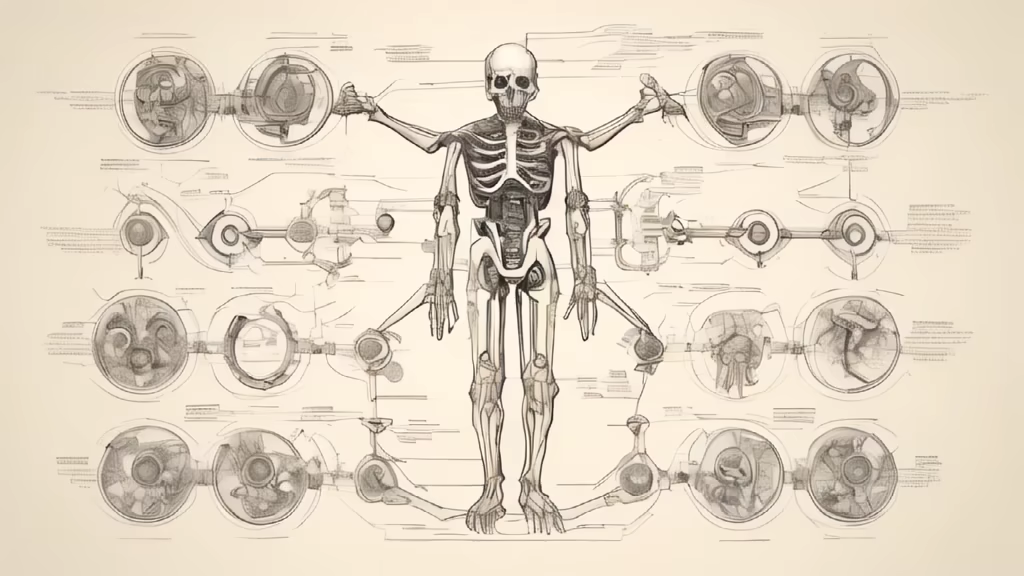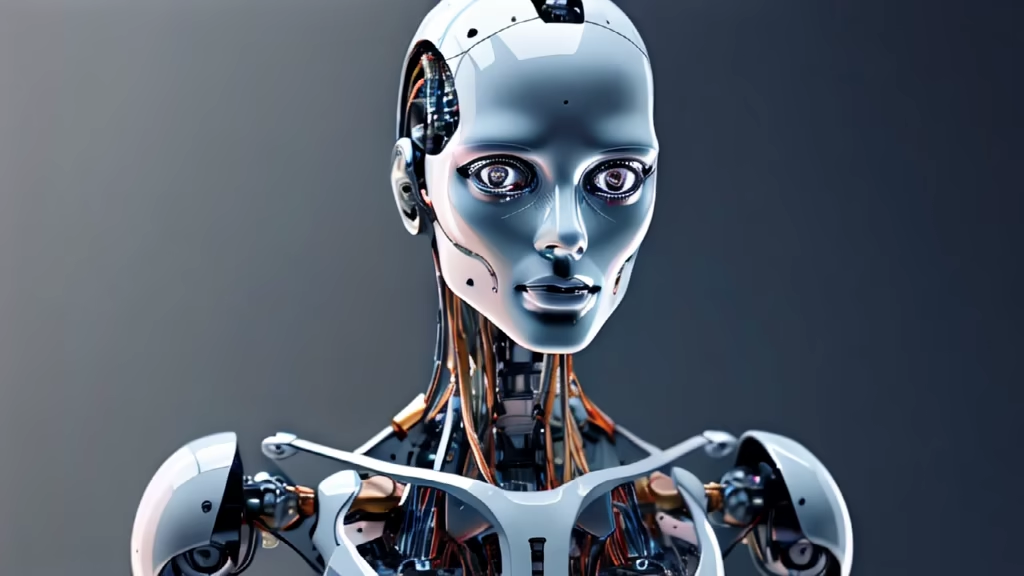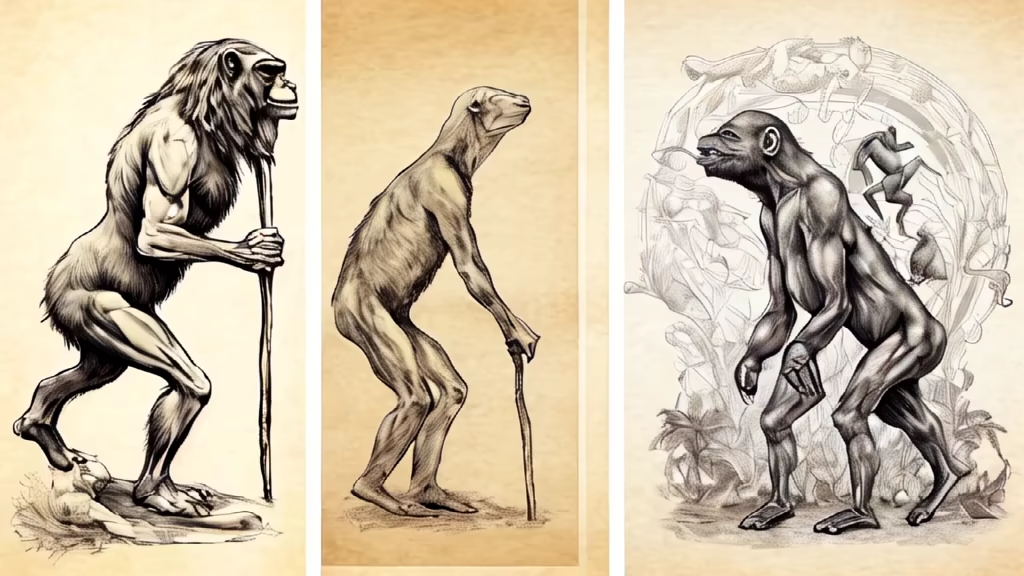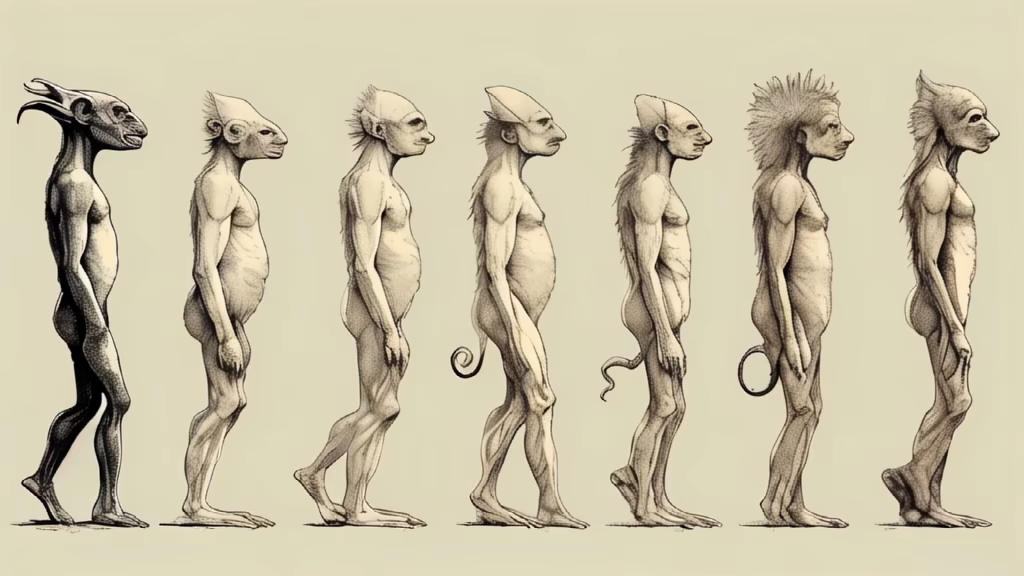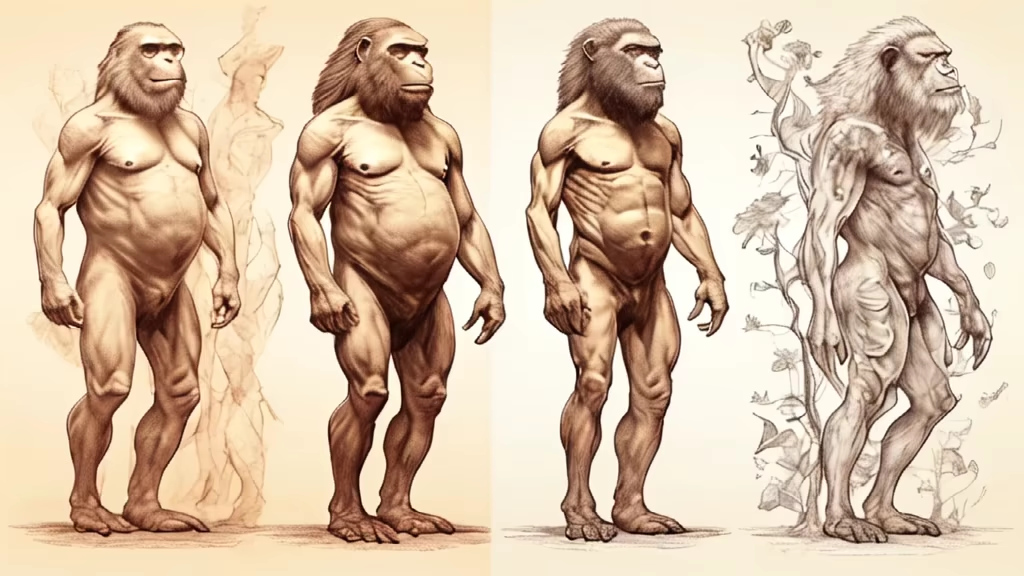

















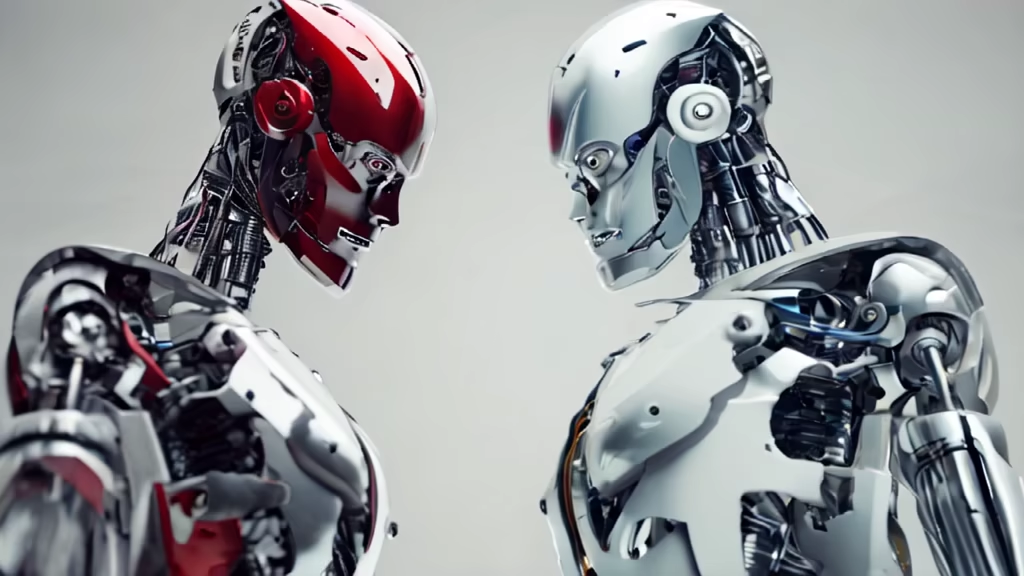









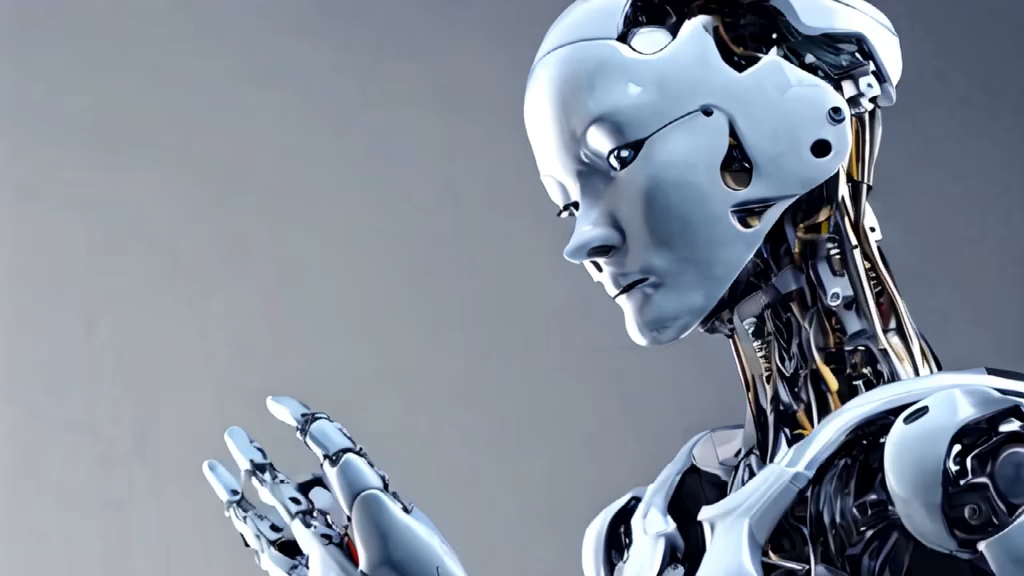

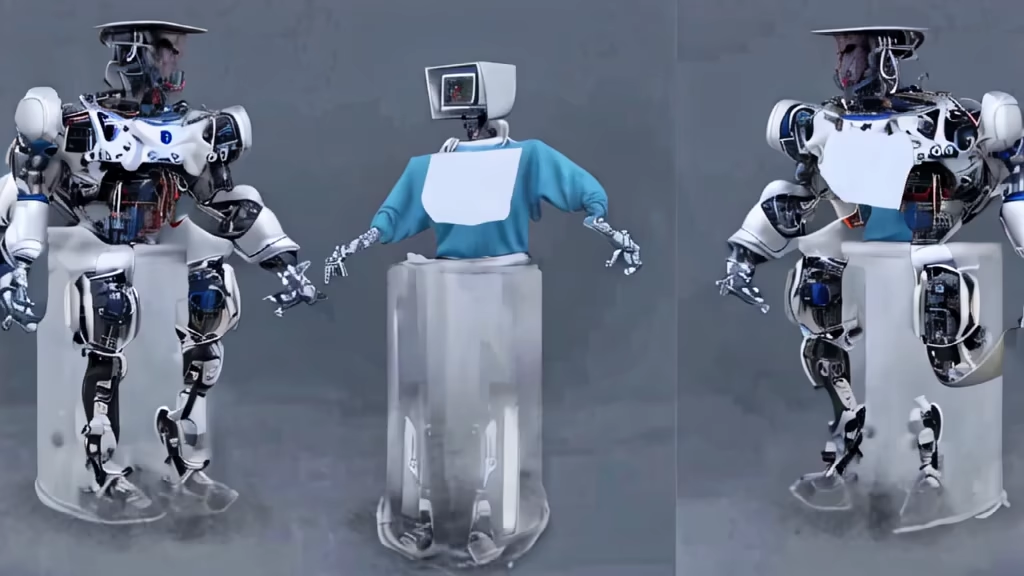
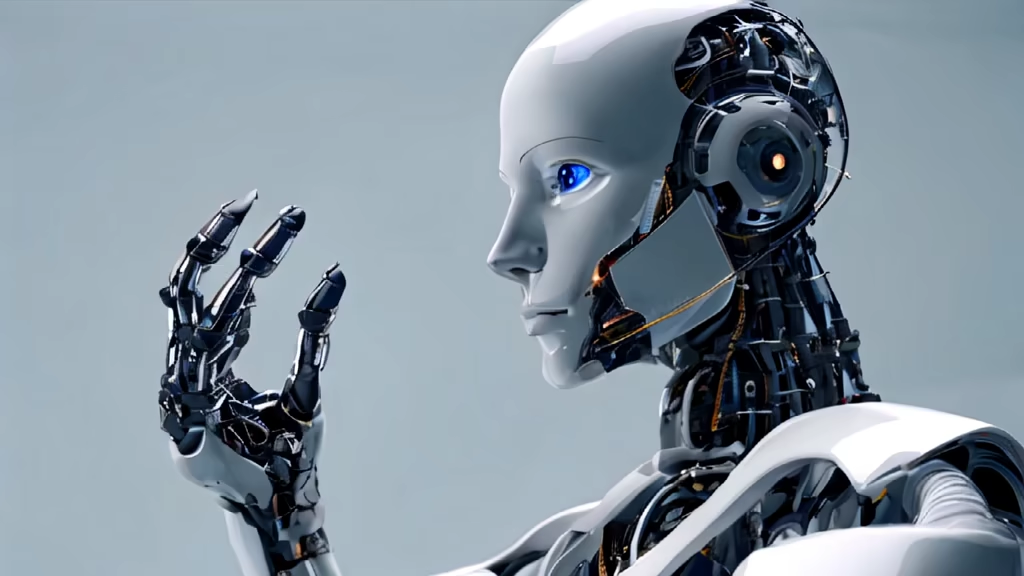





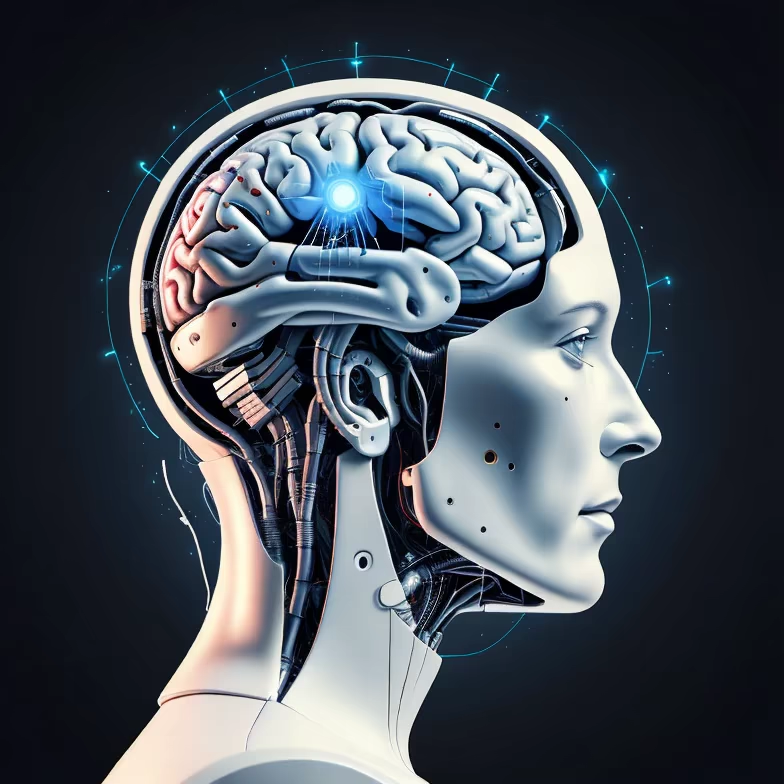
Prompt: A white flying lion with fluffy mane resembling clouds, lowers its body and roars ferociously, assuming a battle stance. Expanding its lush wings inside, shimmering with the brilliant light of the Milky Way stars. Towering and majestic physique, with semi-transparent skin revealing brightly colored blood vessels coursing through. Surrounded by glistening and translucent diamonds, crystals, and ice cubes. Natural elements intricately and intricately blend together, showcasing complex patterns and textures reminiscent of ice, snow, and crystalline minerals.






Prompt: Future technological wars, the scenarios of future wars are very diverse and complex, requiring governments and militaries of various countries to continuously innovate and improve in technology and strategy to meet the challenges of future wars. In the drone war, all kinds of drones fired in the sky. In the biochemical warfare, various mutated animals also participated in the battle, and the battle was fierce. In AI wars, humans create large robots and also participate in wars. During wartime, soldiers wear armor, helmets, and carry a variety of weapons. They stood on the battlefield, face to face, awaiting orders. The battlefield is full of dust, thick smoke, gunshots, and explosions one after another, making people






Prompt: a gift to humanity from AI
Negative: happy, peaceful, nonaggressive, nonviolient, safe, cute, adorable, happy, upbeat, boon




Prompt: a panorama of an ancient roman city blend in with grand royal gardens, look down, magnificent, fairy and dreamy, ((under deep sea)), (dim light), dark night, bioluminescent fish glowing, bioluminescent corals and floras glowing, whimsical and dreamy, vibrant colors
Negative: moon, clouds
Style: Low Poly



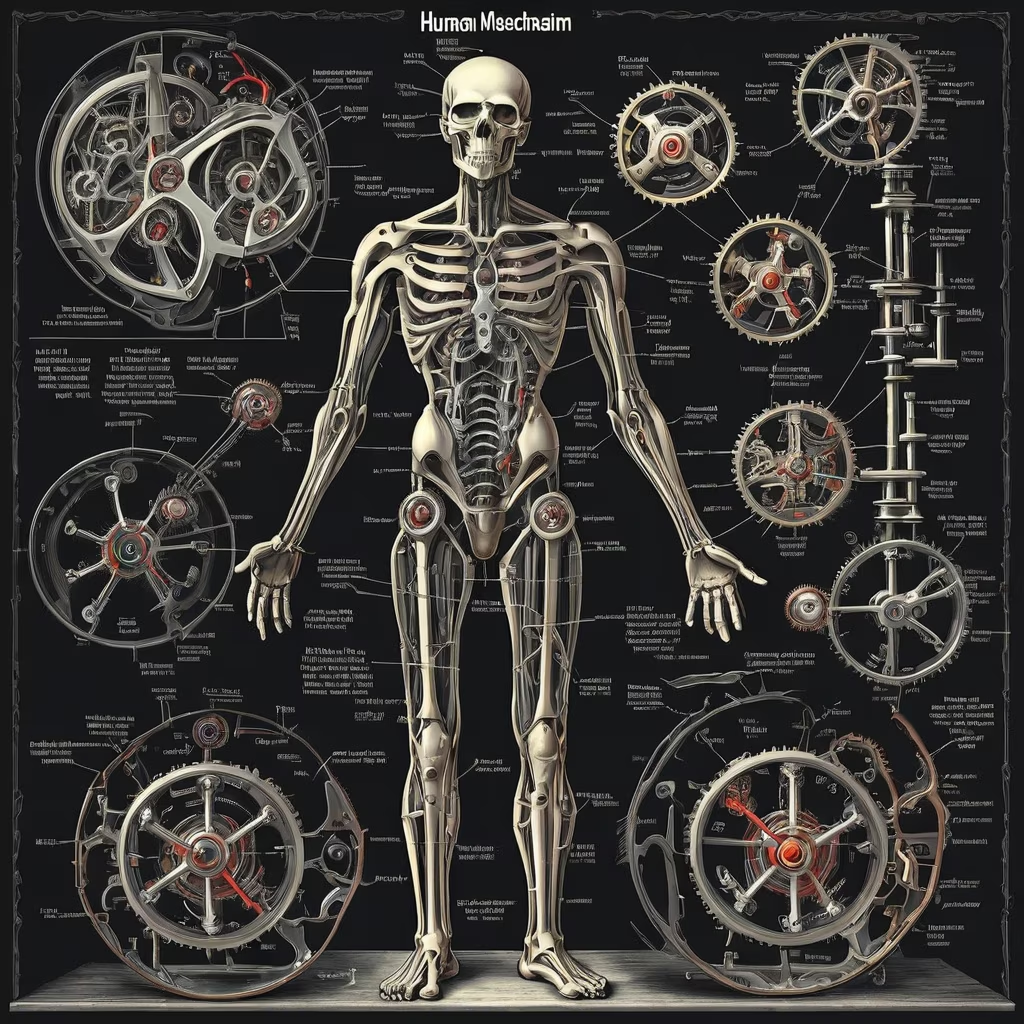








Prompt: realism, city, street, people, dogs, cars, lantern, bench, bus stop, people enter the store laundry, laundry room


Prompt: girl meditating and her hair is going upside while the hair background with stars 2d
Style: Watercolor




Prompt: evolution from chimpanzee can be understood by examining the shared ancestry and the subsequent development of distinct traits that have culminated in the modern human species. Around 6-7 million years ago, humans and chimpanzees shared a common ancestor. This common ancestor likely resembled a chimp-like creature with some human-like traits. Over time, due to various environmental and genetic factors, including adaptations to new habitats and changing climates, the species diverged. One of the most notable differences between humans and chimpanzees is bipedalism or walking on two legs. The ability to walk upright is a defining characteristic of the human species and allowed our early ancestors to efficiently navigate the African savannah. This adaptation freed up the hands for other activities like tool use and eventually enabled the development of our sophisticated manual dexterity. Another significant evolution occurred in the brain. Human brains are much larger, relative to body size, compared to chimps. This increased brain size is associated with the development of higher cognitive functions, such as language, complex problem-solving, and rational thinking. The expansion of the brain also coincided with the development of more complex social structures and cultural advancements. Further differences can be observed in physical features such as the structure of the pelvis, limb proportions, and vocal apparatus. The human pelvis is wider and more bowl-shaped, facilitating bipedal locomotion and childbirth. Humans have longer legs relative to arm length compared to chimpanzees, which aids in efficient walking and running. The structure of the vocal apparatus in humans allows for a wide range of speech sounds, enabling complex language and communication. Although humans and chimpanzees have many shared genetic similarities, there have been numerous genetic changes over millions of years to produce the distinct traits observed in humans today. These changes can be attributed to a combination of natural selection, genetic mutations, and environmental pressures. In summary, human evolution from chimpanzee involved key developments such as bipedalism, larger brains, enhanced cognitive abilities, changes in physical features, and the development of complex language and culture. These evolutionary changes have led to the emergence of Homo sapiens as a distinct species, with unique characteristics that separate us from our ape relatives.







